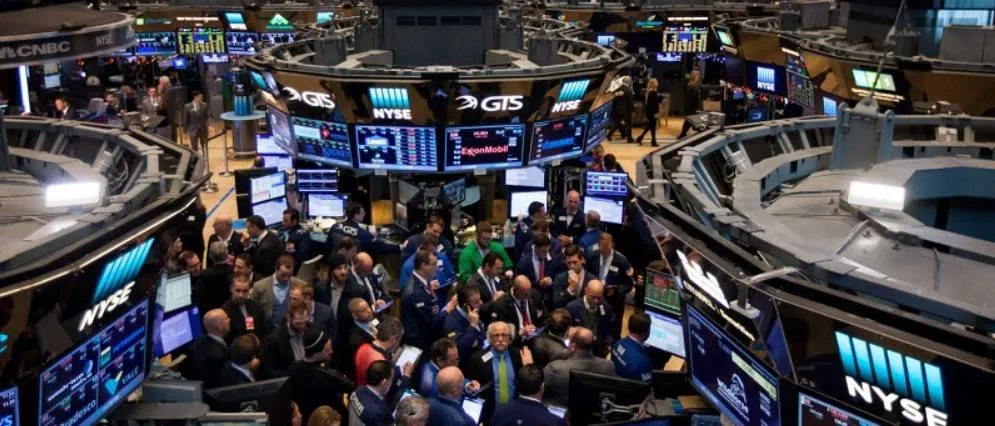Currency markets - Dollar scales multi-week highs
Istanbul, June 21 (Hibya) - The U.S. dollar pushed to a fresh eight-week top above 159 yen. It clung close to a five-week peak to sterling on Friday, with the Federal Reserve’s patient approach to cutting interest rates contrasting with more dovish stances elsewhere.
The dollar index, which measures the currency against six major peers, including the yen, sterling, euro and Swiss franc, spiked 0.41 percent overnight, turning positive for the week following a second successive rate cut at the Swiss National Bank and hints from the Bank of England (BoE) for a reduction in August.
Meanwhile, the yen has continued to be on the back foot after the Bank of Japan’s last week to hold off on reducing bond-buying stimulus until its July meeting.
The BOJ, at the behest of Japan’s finance ministry, spent some 9.8 trillion yen ($61.64 billion) to yank the currency back from a 34-year trough of 160.245 per dollar, reached on April 29.
Because of that, the U.S. Treasury on Thursday added Japan to a list of countries it is monitoring for potential labelling as a currency manipulator. China is among others on the list.
Even so, Japan’s top currency diplomat, Masato Kanda, stressed on Friday that Tokyo stands ready to take further “resolute” action against “speculative, excessive volatility”.
The dollar last traded 0.05 percent stronger at 159.015 yen. The U.S. currency added 0.07 percent to 0.89165 Swiss francs, following a 0.78 percent surge overnight.
The dollar index changed a little, at 105.66, on course, for a slight weekly gain that would extend its winning streak to three weeks.
Sterling was flat at $1.2657, sticking close to the $1.2655 low from Thursday, a level last seen on May 17. The BoE kept rates on hold, but some policymakers said the decision not to cut was “finely balanced”.
The euro edged 0.06 percent higher to $1.0708, trying to recover from Thursday’s 0.39 percent slide. The European Central Bank kicked off its rate-cutting cycle earlier this month.
Fed officials, meanwhile, left policy unchanged at their June meeting and shaved previous projections for three quarter-point cuts this year to one, even as inflation has cooled and the labour market has eased.


















